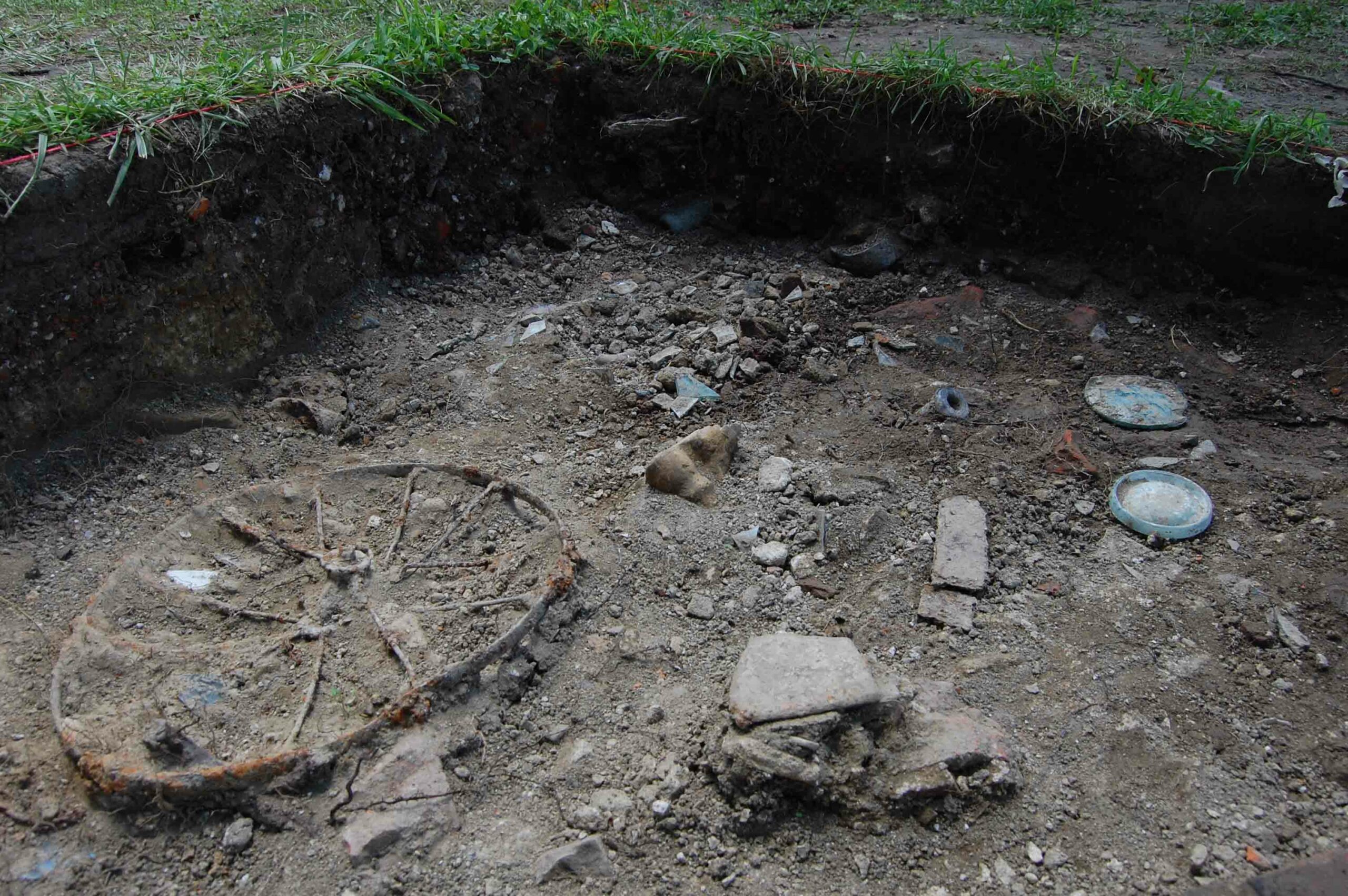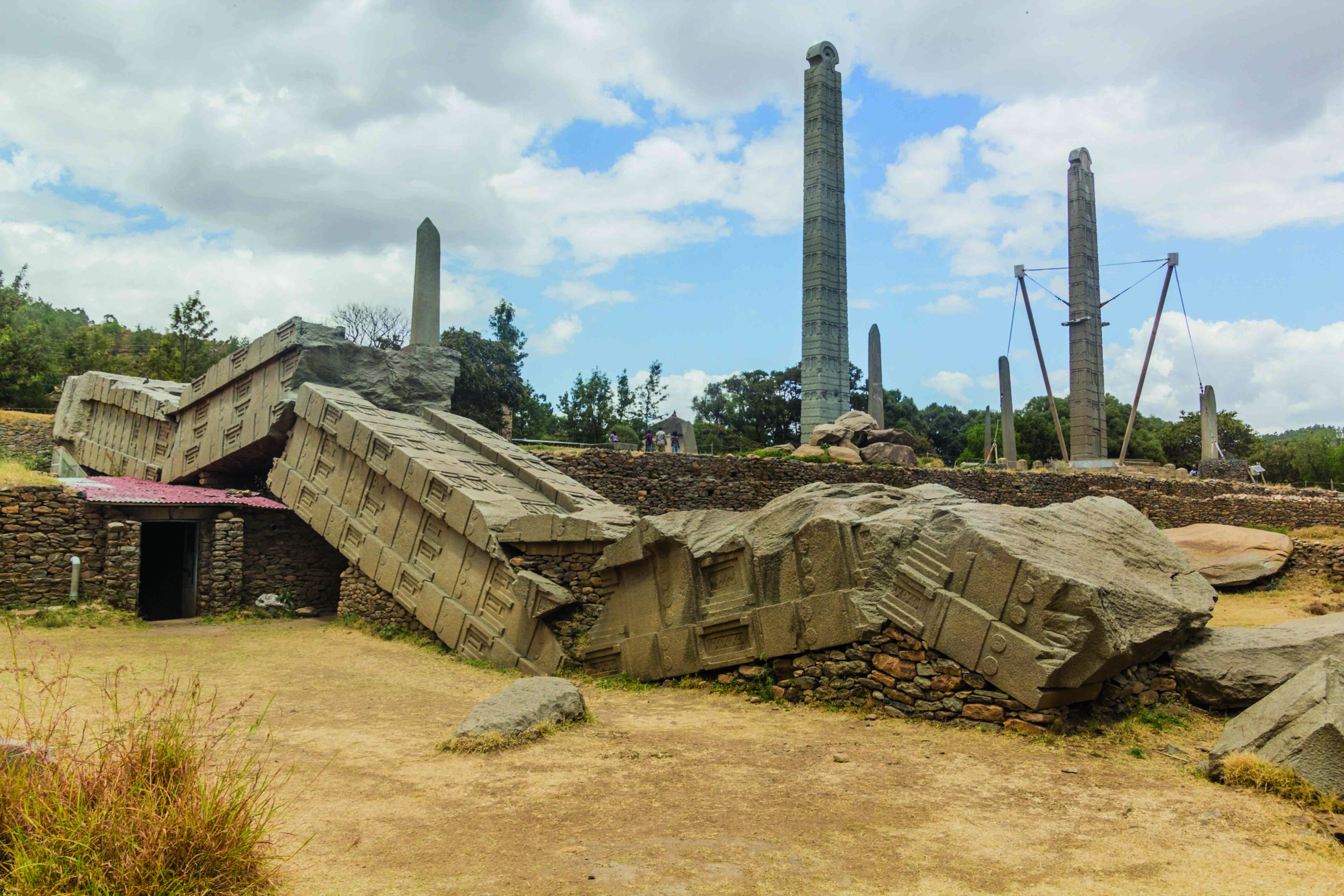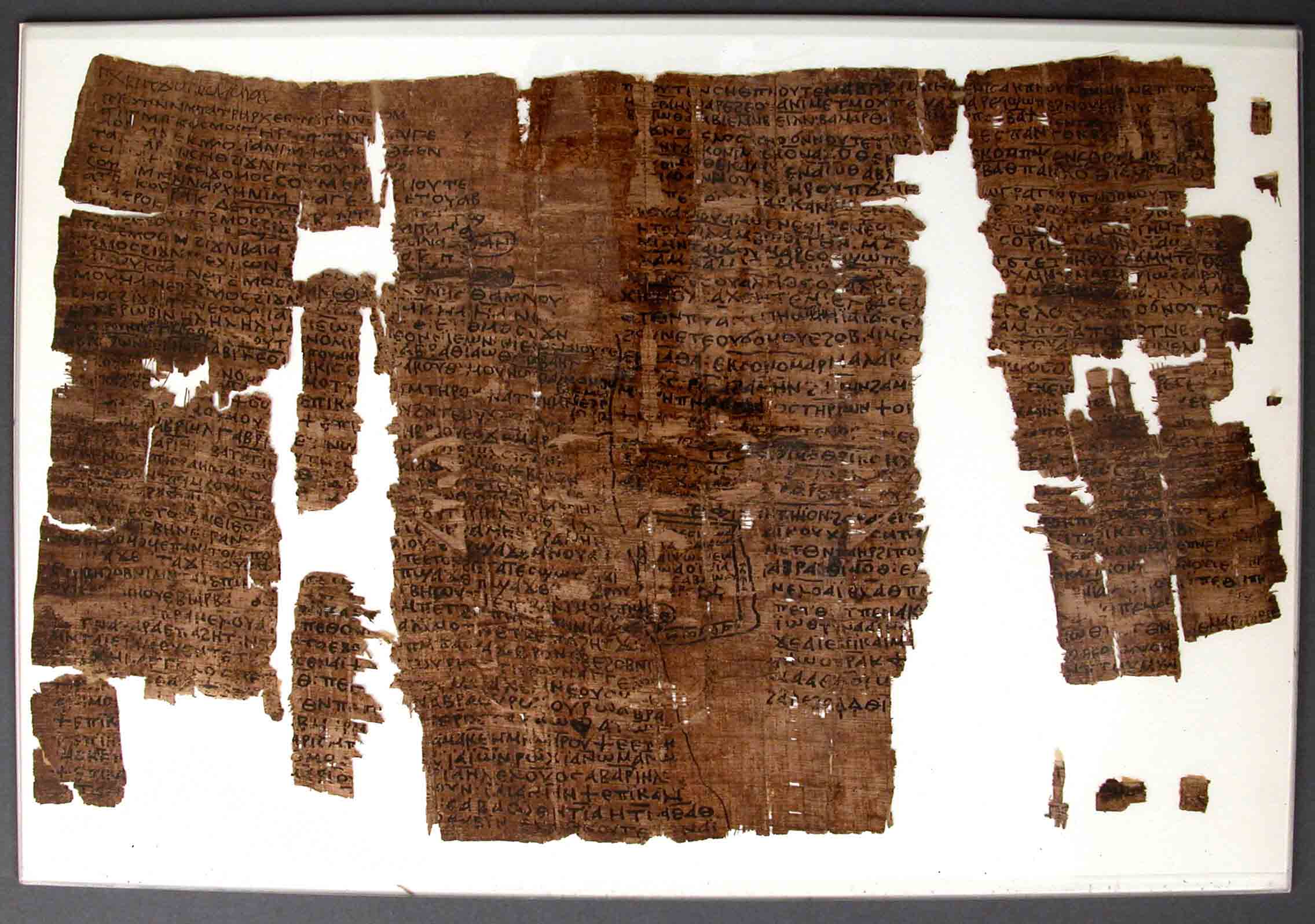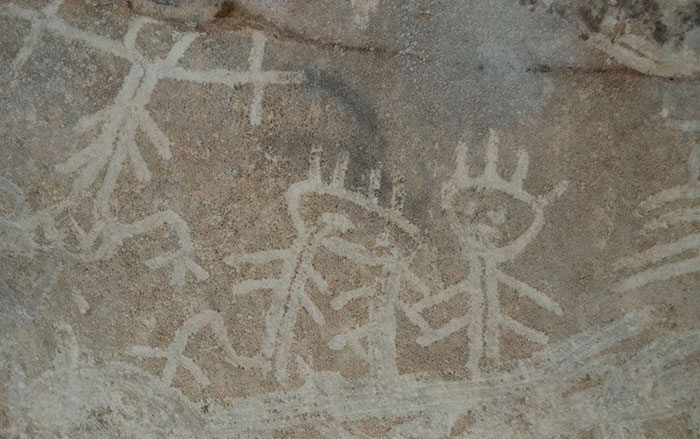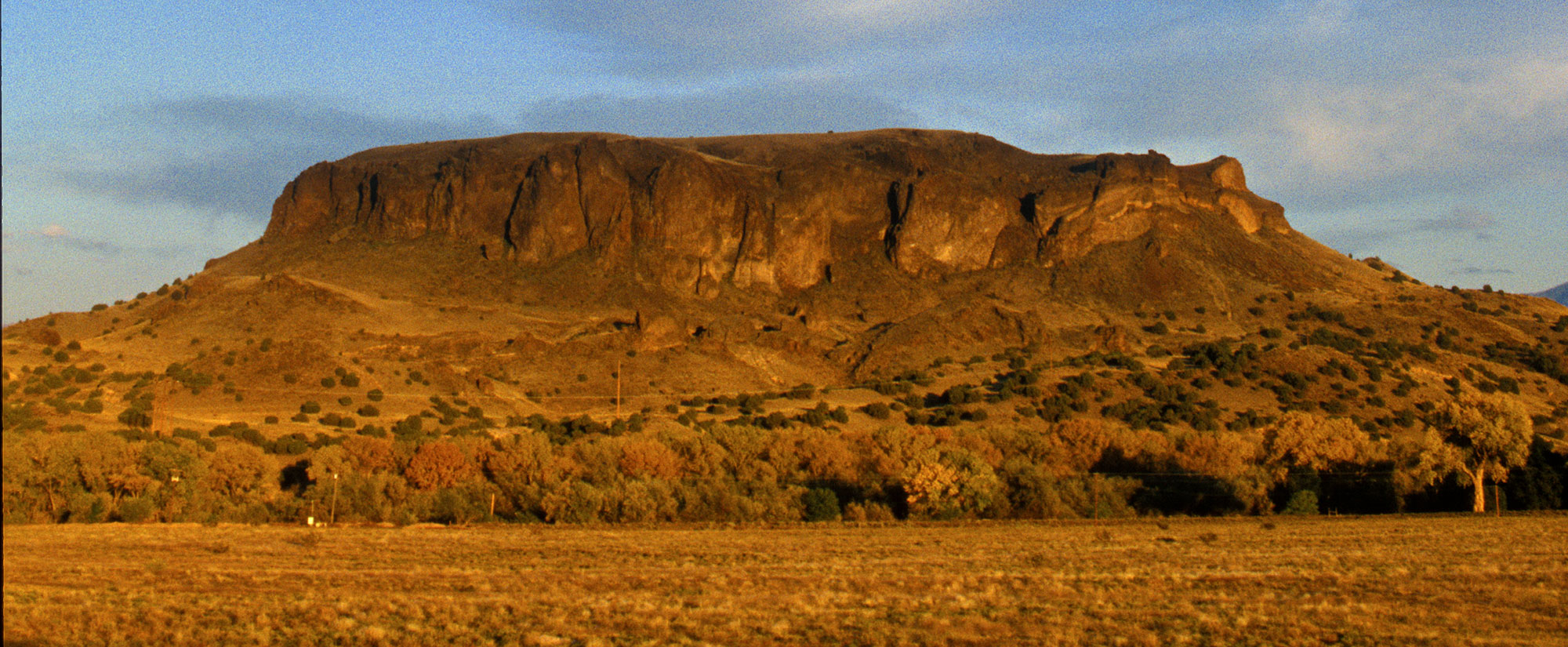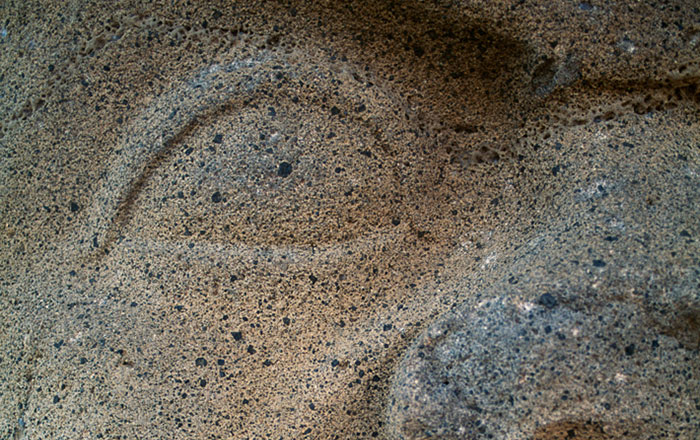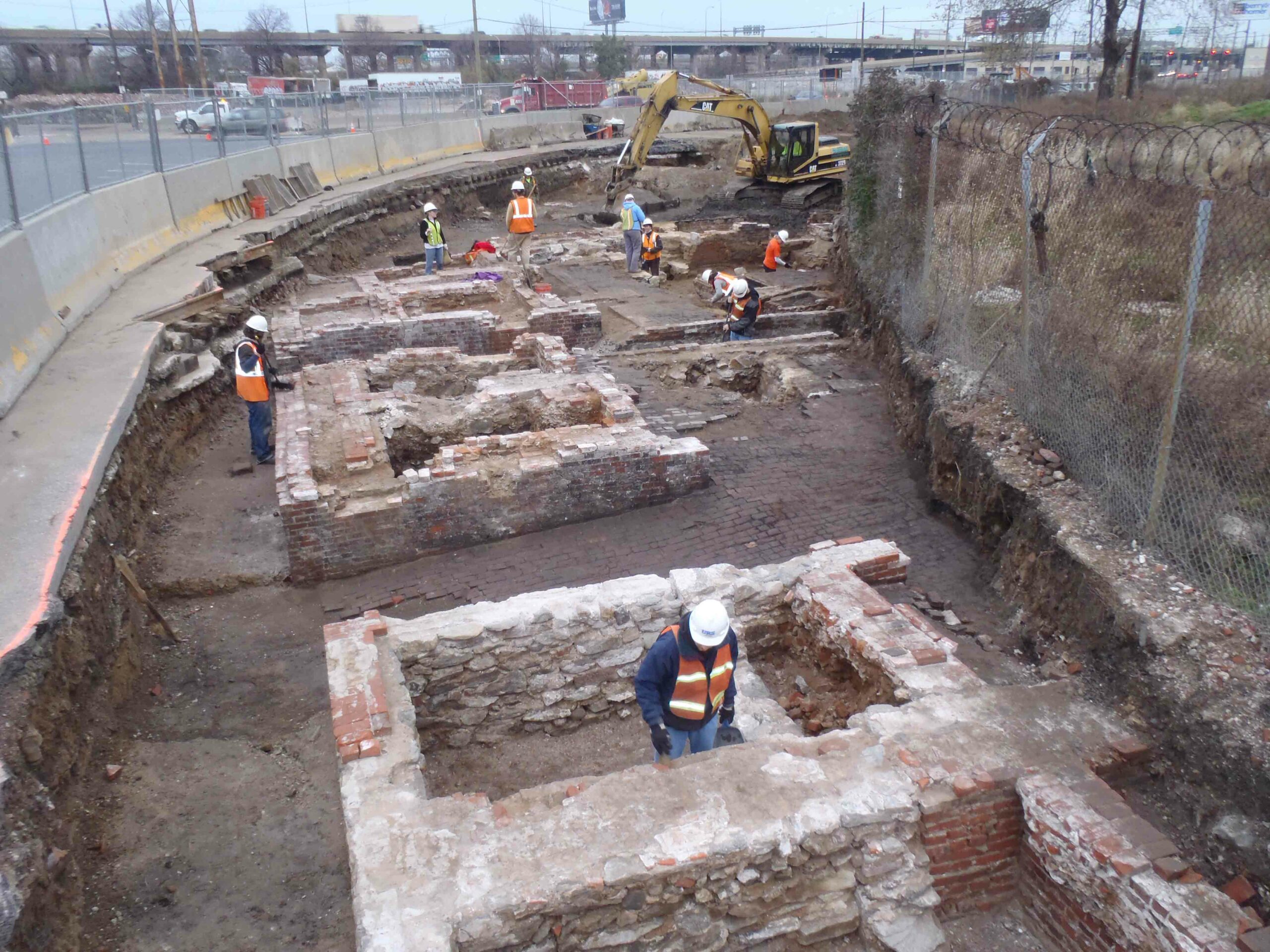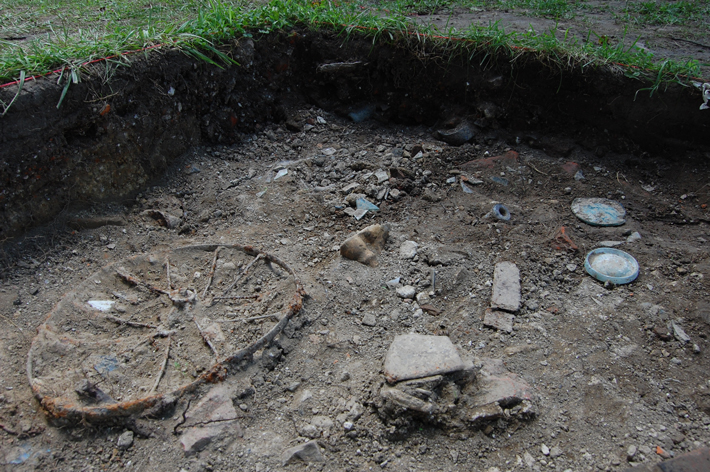
A unique assemblage of circular artifacts embodying both traditional African spiritual symbols and biblical iconography was unearthed by archaeologists Elizabeth Pruitt and Benjamin A. Skolnik on the grounds of a former plantation where abolitionist Frederick Douglass once lived. Excavations beneath a nineteenth-century tenant farmer’s home at Wye House produced objects depicting an African cosmogram—an X inside a circle—and another that is believed to be a representation of Ezekiel’s wheel. Since both symbols signify life and the universe, enslaved Africans may have drawn connections between the two when they were first introduced to Christianity. “West African religion, which features the cosmogram, is transformed through song, visions, and preaching in early black churches,” says University of Maryland archaeologist and project director Mark Leone. “The hypothesis we operate on is that the cosmogram, the circle, and the singing of songs such as Ezekiel Saw the Wheel are all movements to and direct experiences of the divine.”
The excavations at Wye House have been ongoing, and in 2006 deputy editor Samir S. Patel visited the site and wrote about the research, how Frederick Douglass was affected by his time there as a child, and how local descendant communities have learned from the work. To read his piece, go to “A Community's Roots.”


